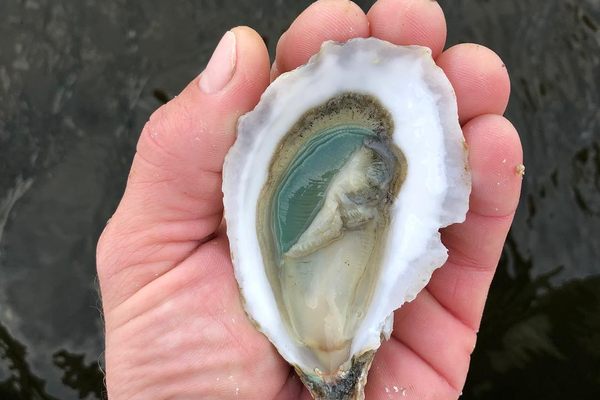Prepared Foods
Fried Sea Anemone
On the Andalusian coast, once-deadly tentacles become crispy delicacies.
Under the water, ortiguillas de mar are vivid and curious creatures, with long, stinging tentacles that sway in the current like grass. On plates across the Andalusian coast of southern Spain, however, these anemones are an indulgent treat for seafood enthusiasts.
Particularly popular in the Cádiz region, ortiguillas are harvested from rocks on the sea floor, transported with utmost care, and then fried in a thick batter. The result is crispy on the outside but soft and gelatinous within, almost like a marine croquette. Apart from the unique texture, ortiguillas fritas also offer an intense seafood flavor, which some compare to oysters and others liken to iodine.
While alive, the anemone has the power to sting, trap, and consume small fish and invertebrates with its tentacles. But diners need not worry: The process of bathing the creatures in vinegar and frying them removes any possibility of a zapped tongue.
Ortiguillas are incredibly fragile and must be kept in seawater until it’s time to cook them. In their natural habitat, their tentacles are tipped with vibrant pink. But once they are removed from the sea they quickly oxidize and lose their striking color. For this reason, it is difficult to find ortiguillas far inland from the Andalusian coast, though it’s not impossible to find them being fried in certain Madrid restauraants.
Like many other now-revered delicacies, ortiguillas were once a food of necessity. Sea anemones entered the diet of impoverished, postwar communities near the Andalusian seaside during the 1940s, but have since found their way into high-class gastronomical culture, thanks to inventive chefs, their naturally intense flavor, and their striking appearance.
Written By
 JamesRUDD
JamesRUDD















